GREEN LIVING



The Amazon’s Kuntanawa Nation takes a stand
Beyond Earth Day
Global celebrations of Mother Earth happening year round
Soul Medicine
The health benefits of ceremonial cacao

BY ANNA DORL
It’s finally time for Earth Day, which means celebrating every aspect that makes up our wonderful natural world. By honoring our planet, we can preserve the integrity of the flora and fauna with which we humans share our home. Fossil fuels, littering, the Great Pacific Garbage Patch… It’s not too late to combat our negative environmental actions with positive ones. This beautiful planet was here before us, and to ensure its existence after we’re gone, we must take care of it while we have the opportunity. Here are five picks to do good for the environment for this month’s Cool Outrageous Stuff.
Seeds of Life is a special way to memorialize your friends and loved ones through the gift of trees and plants. The Enduring Oak Remembrance Gift is an oak tree sapling, able to be potted inside for three to four years or outdoors indefinitely. The oak tree is considered a symbol of strength and wisdom. To ensure viability, each tree is carefully chosen for the zip code to which it is being shipped. This gift is available in both medium and large sizes and arrives to purchasers in 100% natural jute bags. www.seedsoflife.com
Among options for dog doo-doo bags, only a handful on the market that claim to be better for the environment truly live up to that promise. HoldOn Compostable Dog Poop Bags uniquely utilizes renewable cornstarch and compostable materials inside of recyclable, plastic-free packaging. After you scoop up your pup’s poop, each strong and leak-proof bag will eventually break down in a compost environment. Every bag is unscented and free from both BPA and PFOA. They are also created to fit most bag dispensers. HoldOn offers a subscription option for frequent buyers, positively helping users contribute towards a greener future for people and pets. www.holdonbags.com
This upcycled bat house from Lehmans used to be part of a mushroom bed! Each home for our nocturnal friends shares a similar backstory. Shaped by Amish craftsmen, each of these bat houses began from the reclaimed wood of cypress and hemlock trees. This wood was previously utilized to enclose compost around mushrooms. Organically strong and naturally treated by mushroom soil acid, the material has stood the test of time and will continue to provide shelter for animals in an extremely eco-conscious way. Bats are known for eating bugs like mosquitoes and flies, so giving nature’s pest control a place to rest might also help you out. www.lehmans.com




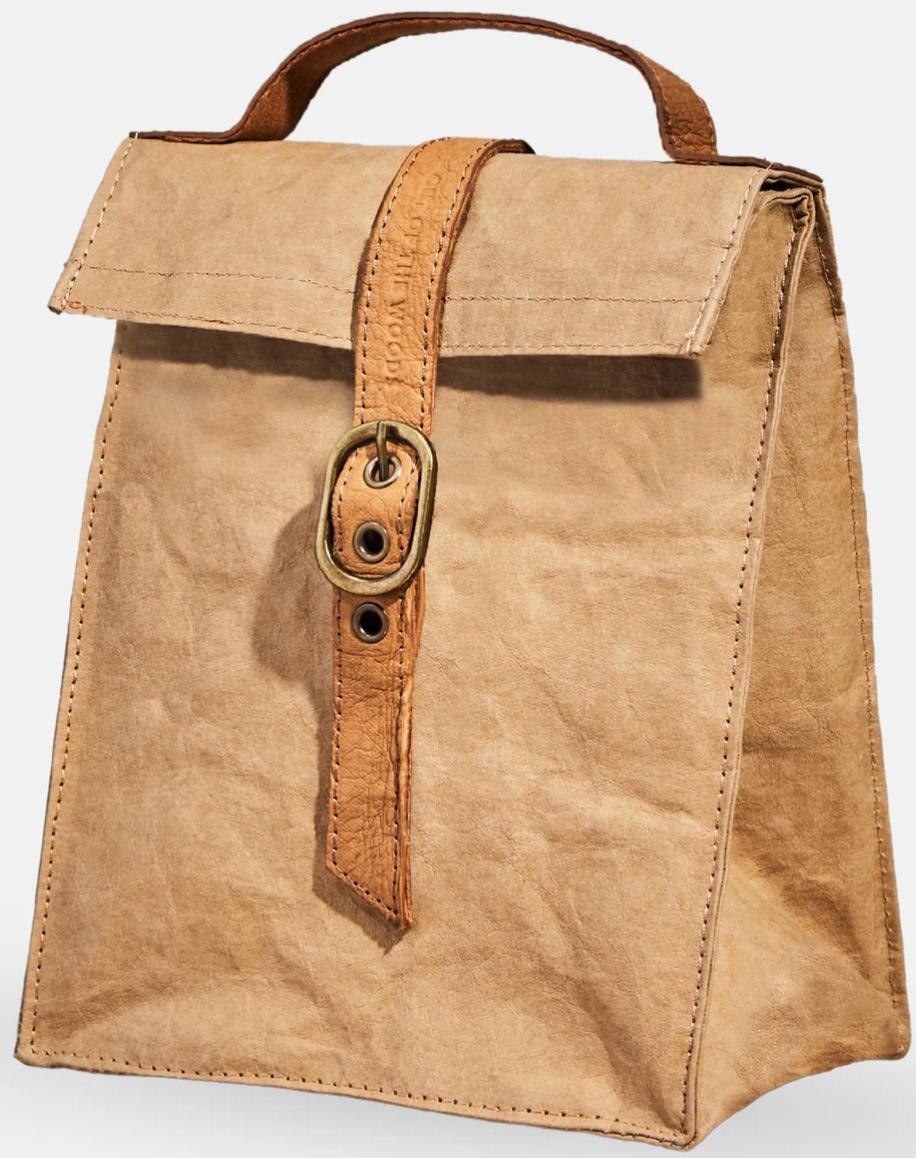
Ever wanted to make your garden greener with the allnatural power of worms? These strong little creatures can hold the key to even richer soil and a better life for your garden. Worm composting, also known as vermiculture, employs nature’s wriggly little critters to do nature’s work. From Vego Garden, this In-Ground Worm Composter serves as a portable place for the invertebrates to live and turn waste into compost. All you have to do is add worms in with your organic waste and bury the box in raised garden bed soil to start the process. Choose from a few nature-inspired colors – Sage Green, Lime, and Tawny Brown. www.vegogarden.com
Whether you’re a serial paper bag user for your lunches, or you prefer a reusable tote, Out of the Woods offers a greener solution for you. Whatever you bring along to work and/or school, your choice is an important one — not just for the longevity of your lunch, but the planet. This reusable lunch bag is crafted using FSC Certified washable paper, and it’s insulated with space for up to six cans. You won’t find any PVC or PFA in this product. The Paper Bag Lunch Cooler can keep frozen food cold for five hours and, on the flip side, keeps heat inside for an hour. www.outofthewoods.com

The Kuntanawa's fight for climate survival
BY SHELBY TUTTLE

TThe lungs of our planet are facing an existential threat. Corporate exploitation — cattle ranching, monoculture crops, mining, and logging — is decimating the irreplaceable ecosystem that is the Amazon rainforest, pushing it to a perilous tipping point. But amidst this crisis, the Kuntanawa Nation in Acre, Brazil, are leading a powerful resistance.
Nearly erased by genocide brought to the banks of the Amazon by the rubber trade in 1911, the Kuntanawa lineage narrowly survived through just six of its nation’s members. Five women were taken into sex slavery by Portuguese slave owners, who then gave birth to children in captivity. The life of one fiveyear-old boy was also spared, shown compassion from his captors. It wasn’t until 1988 that the Kuntanawa Nation was liberated and recognized as a sovereign nation. Today, the tribe is comprised of about 1,000 people, with 400 living in three main villages. Now, they’re working to secure their ancestral lands and lead a fight for global climate survival.
According to Dr. Hayra Kuntanawa, co-leader of the Kuntanawa Nation, these latest industries to threaten the survival of the Amazon prey on impoverished communities by hiring them to burn their own land.
“Many local communities are left with no alternative but to participate in harmful practices,
the time of writing, leaders of the Kuntanawa Nation are working to draw attention to recent flooding in the Amazon, with multiple homes, roads, and the community’s soccer field under water.
Through their organization, Associação Socio Cultural e Ambiental Kuntamanã (ASCAK), the Kuntanawa are leading the “Transform and Illuminate” initiative, which advocates for the Kuntanawa Indigenous Nation and also actively supports local impoverished, non-Indigenous communities — those who are descendants of freed slaves with no cultural affiliation — and uncontacted tribes through fundraising campaigns and reforestation efforts around the Kuntanawa territory. Their work relieves pressure from corporate deforestation and supports 38 riverside communities and over 2,800 people.
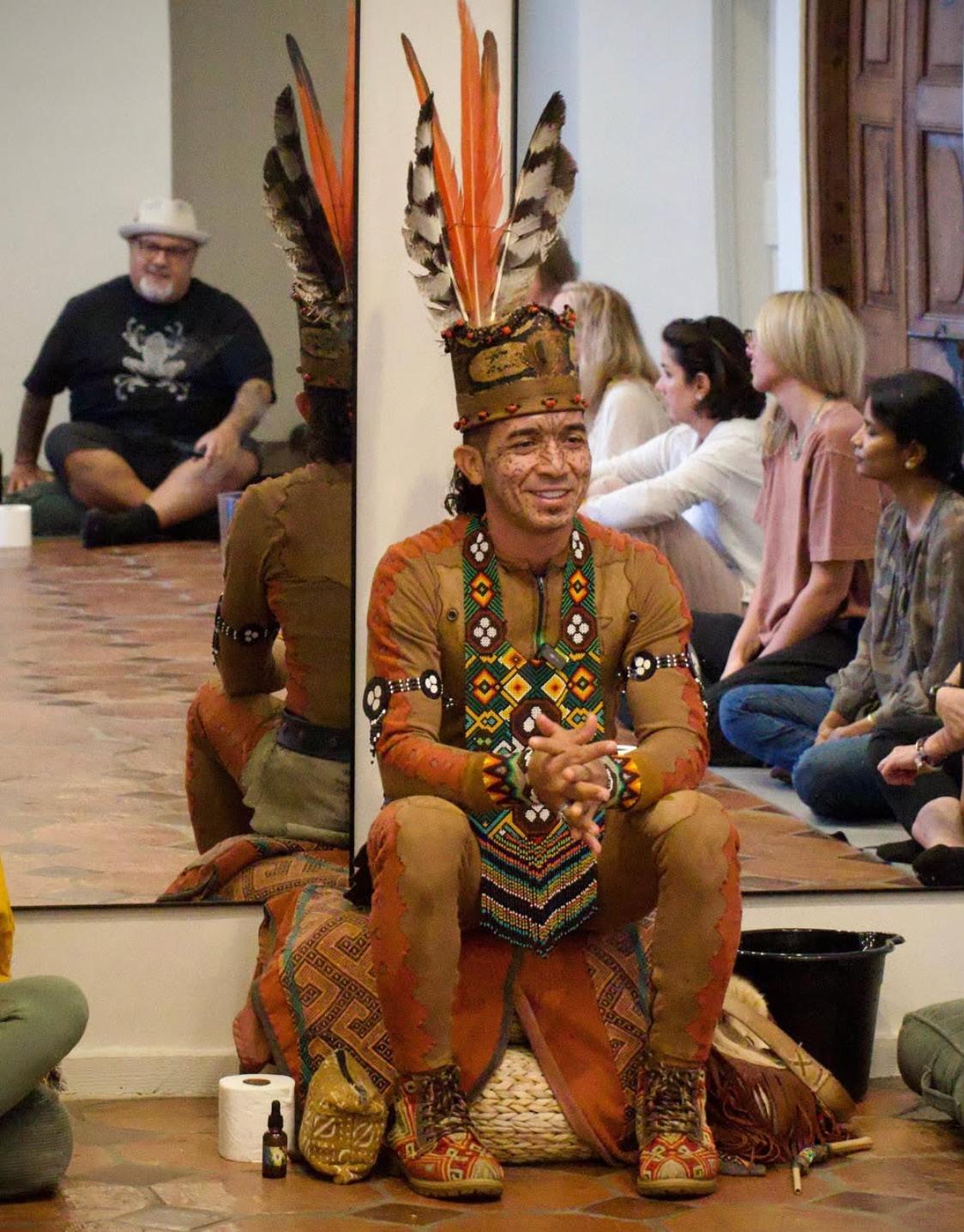
often influenced by corporate misinformation. This has led to environmental and health crises, contaminated water, and extreme heat from burning seasons that dry rivers, springs, and wells, and decimate entire ecosystems,” she says. “This has brought us to a global tipping point. The Amazon is critical to regulating the Earth’s carbon, producing oxygen, and sustaining the planet’s water systems.”
Coupled with climate change, deforestation creates not only extreme drought, but land that cannot absorb rain once it does fall in the Amazon. This leads to increased water runoff and flooding, impacting community infrastructure and the safety of the forest’s residents. At
The Kuntanawa also use soccer as a way to connect their mission with the greater population, hosting events like the Cup of the Trees, which utilizes the sport to raise environmental awareness and promote tree planting as a way of restoring the land.
Haru Kuntanawa, esteemed leader and husband to Hayra, is the recognized prince of the Kuntanawa Nation. He also serves as an ambassador of the Brazilian Indigenous Football Team, where he advocates for Indigenous presence and perspectives within the league’s national and global forums. In this role, he works to leverage soccer’s popularity across the globe to promote urgent environmental issues, many of which connect back to his home
within the Amazon rainforest.
In a landmark move in June of 2020, Haru signed the Global Climate Pledge on behalf of the Kuntnawa Nation, making it the first Indigenous nation to sign, and solidifying their role as an international partner of the pledge.
The tribe’s participation in the Global Climate Pledge, aiming to gather 2 billion signatures, underscores the accessibility of climate action.
"With the Kuntanawa tribe as a part of our team, we now have access to generational wisdom regarding the protection of the Earth,” said Michelle Thatcher, CEO of the U.S. Green Chamber of Commerce, a partner in the Global Climate Pledge.
In order to protect their land from encroachment and further destruction, Haru and four members of the tribe traveled to the Supreme Federal Court of Brazil last summer to successfully petition for the right to demarcate 100,000 hectares of their ancestral lands — a step vitally important to preserving their Indigenous culture.
The Kuntanawa’s territory, called Kuntamanã, has in recent years become home to a remarkable archaeological site which has unearthed significant artifacts offering a glimpse into both a beautiful culture and the violence that threatened to erase it. Pieces of ancient pottery, funeral urns, and bullet casings have all been pulled from the land. Generational knowledge states that while in captivity, Haru’s uncle and grandfather discovered artifacts as many as 70 years ago, but the Kuntanawa’s aggressors made sure that the findings were kept quiet to ensure continuation of various trades. As such, Haru notes that little attention was paid by the tribe to the memories that happened there.
Indigenous nations to come together to celebrate the cultures and traditions of the Pano-speaking people (many Panoan languages have been lost due to cultural assimilation and socio-economic pressures). He shares that after the festival, the land came back to life, and its history began to be further revealed.
“Kuntamanã is a portal of our ancestral history — we activated the energy,” he says, noting that the tribe’s sacred fountain began to run once again, while powerful animals like jaguars and black panthers returned to their lands, and the sounds of their ancestors were heard by many.
“Kuntamanã is a global center for education and humanity. It is evidence of an ancestral lineage that has become a manual for survival,” Haru notes.
And while demarcation is undoubtedly important for the preservation of the Kuntanawa’s culture, it is

also a critical step in ensuring the protection of the environment and biodiversity of the land.
“This site is the discovery of an ancient kingdom and holds the memory of the Pano-speaking people,” said Haru. “This land is proof of the living, breathing roots of tribes who thrived here, with memories that are fizzling away as the land is erased from industry. Demarcation is the way to protect it so that these memories can carry on.”
In 2010, Haru issued a call to 12 neighboring
This May, Haru and Hayra will lead a campaign in partnership with Zach Bush — internationally recognized environmental thought leader and founder of Project Biome — to secure the $500K in funding necessary to carry out the demarcation process. Although FUNAI — a Brazilian governmental protection agency for Indigenous Peoples — is involved in the operations, resources can be scarce and the process of demarcation is often slow.
“We seek to inspire people to remember that we each
have the choice to walk as guardians and stewards of Mother Earth, rather than participants in her destruction. Our mission is to awaken humanity to its role in protecting the planet and building a future rooted in harmony, respect, and care for all life,” said Haru.
According to a 2016 study from the World Resources Institute, Indigenous lands in Brazil have the potential to prevent the annual emission of over 31.8 million tons of carbon dioxide into the atmosphere. As of December 2023, FUNAI had registered 761 demarcated Indigenous lands representing 13.75% of Brazil’s territory.

i ndividuals realign with their purpose and awaken their responsibility as stewards of the planet. These traditional plant medicines — hapé, a plant medicine in snuff form; sananga, a type of eye drop thought to decalcify the pineal gland and open users to deeper visions during meditation; and kambo, a traditional medicine used in purging or cleansing rituals — are carefully cultivated with intention and prayer in Kuntanawa tradition. Some of these plant medicines are available through Kuntanawa Goods, the tribe’s online marketplace, which is fully owned and operated by the Kuntanawa people.
“What happens here affects the future of humanity,” said Hayra.
Both Haru and Hayra travel together to the United States often, speaking at conferences and facilitating various retreats, spreading the
message of environmental stewardship and unity across continents. The couple’s union is lauded as a modern inspiration among the Kuntanawa — Haru, a prince through royal lineage, and Hayra, an American from Colorado. A revered medicine woman and doctor of Chinese Medicine, Hayra followed divine guidance from an Akashic Records reading to travel to Pisac, Peru, where she encountered Haru, with whom she formed a strong friendship that eventually blossomed into romantic love and a powerful union that transcends language barriers and cultural variability.
Together, they offer ancestral Kuntanawa teachings of sacred plant medicines, helping
and Haru
“Counterfeit and unauthentic products have caused real harm to our people by stealing income from the community, misrepresenting sacred medicines, and exploiting our traditions,” says Hayra. “Kuntanawa Goods protects the integrity of our culture by ensuring that every purchase directly supports the Kuntanawa people through housing, clean water, food security, and the preservation of our way of life.”

Looking ahead, Haru and Hayra hope to establish a center and school focused on agroforestry, traditional knowledge, and cultural restoration where students can learn sustainable practices, revive ancestral traditions, and create regenerative economies rooted in harmony with the forest.
The Kuntanawa’s mission is a call to action, and their resilience, battle for cultural preservation, and environmental activism serve as a powerful example. To support their many efforts or assist in funding the demarcation project, visit www.Kuntanawa.org/donate. Join the Global Climate Pledge at www.globalclimatepledge.com.

Mycelium — the root structure of mushrooms — and upcycled hemp plants are being transformed into biodegradable coffins made by Dutch company Loop Biotech. A sustainable alternative to traditional wood coffins, this product biodegrades in 45 days, aids decomposition by breaking down biological matter, and helps to feed the earth as it mixes with nutrients from human decomposition.

A recent study published in Ecology Letters found that non-migratory, non-marine birds with longer lifespans reproduce less frequently and may be at greater risk of extinction due to climate change. The study found that birds with shorter lifespans reproduce more frequently in regions with higher temperature variability, aiding in the continuation of the species.

An exponential surge in electricity demand by data centers has contributed to the postponement in retirement of coal plants by utility companies nationwide. As an example, Georgia Power predicts an additional demand of 8,200 MW by 2030-31 and will need to extend the life of coal plants previously slated for retirement as part of a larger strategy to meet the demand.

In late February, an undisclosed number of employees at the National Oceanic and Atmospheric Administration faced immediate layoffs by the Trump administration, with just two hours to transfer access of central forecasting models to remaining employees. These changes pose threats to accurate weather forecasting and delays in updating maritime maps crucial to safe passage in U.S. waters.

A jury in Morton County, North Dakota, has ordered Greenpeace to pay over $660 million in damages to the Dakota Access Pipeline developer, Energy Transfer, for inciting illegal behavior by anti-pipeline protesters and defaming the company.
by
MAKES 2-4 SERVINGS
Ingredients
Poached Shrimp
1 pound shrimp peeled, deveined, and tail off
4 lemons
2 tablespoons salt
1 large bowl of ice water
Directions
Coctel/Ceviche Sauce
1 quart tomato juice
½ cup Cholula
½ cup ketchup
½ cup orange juice
½ lemon juice
½ cup lime juice
1 tablespoon chili powder
1 tablespoon garlic powder
1 tablespoon coriander
1 tablespoon salt
Optional add-ins
1 cucumber
1 red onion
1 tomato
2 jalapeños
1 avocado
½ cup cilantro
Boil water and add the salt and juice of two lemons. Add the shrimp and cook for one minute. Pull the shrimp from the water and shock in the ice water. Once cold, remove the shrimp from the water, place in a bowl, and squeeze the juice of the remaining two lemons over the shrimp. Stir to combine. Combine all of the ingredients for the coctel/ceviche sauce in one bowl. Finely chop desired add-ins and add to the sauce. Gently stir in the shrimp and let the dish sit in the refrigerator for 2-3 hours before serving.
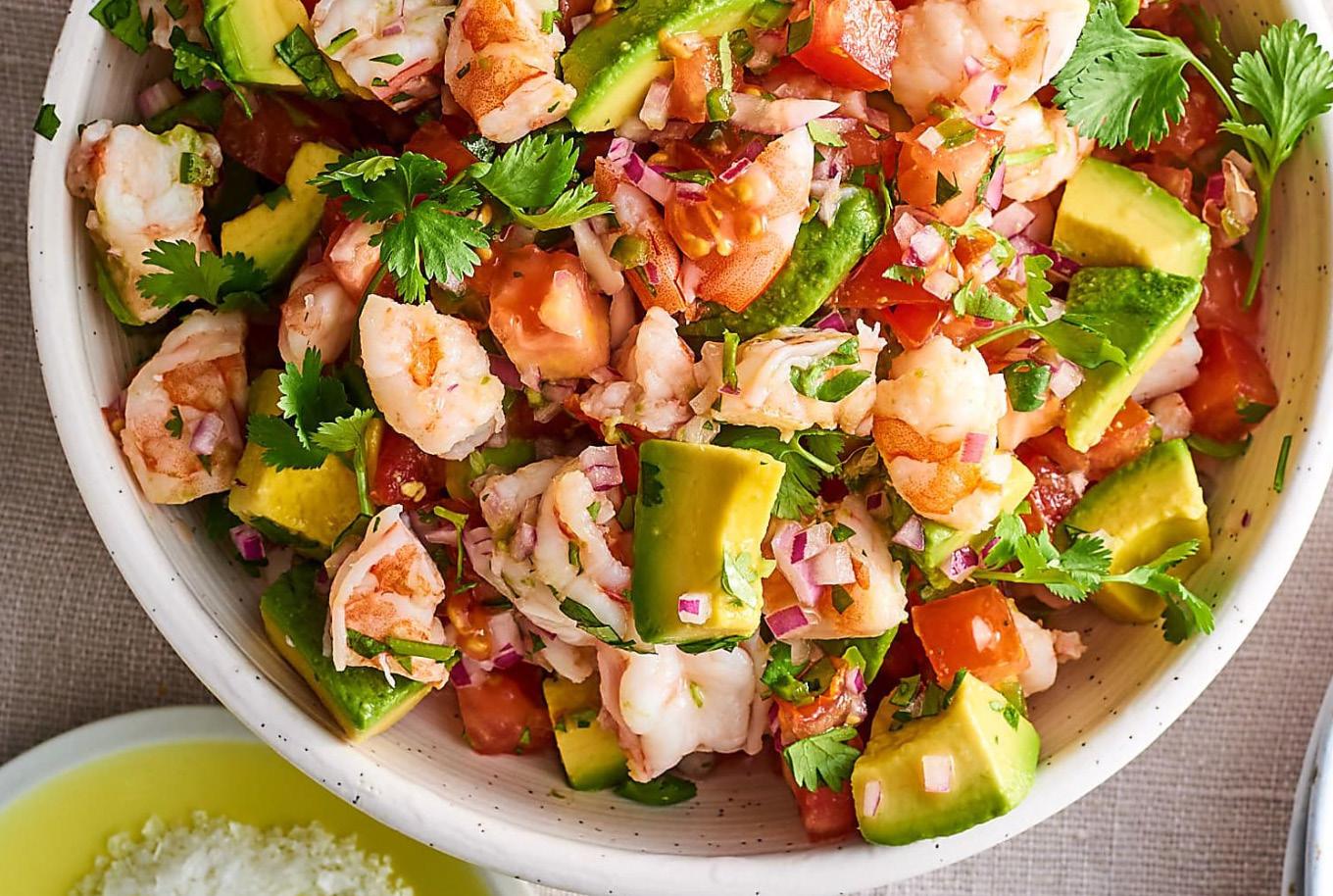
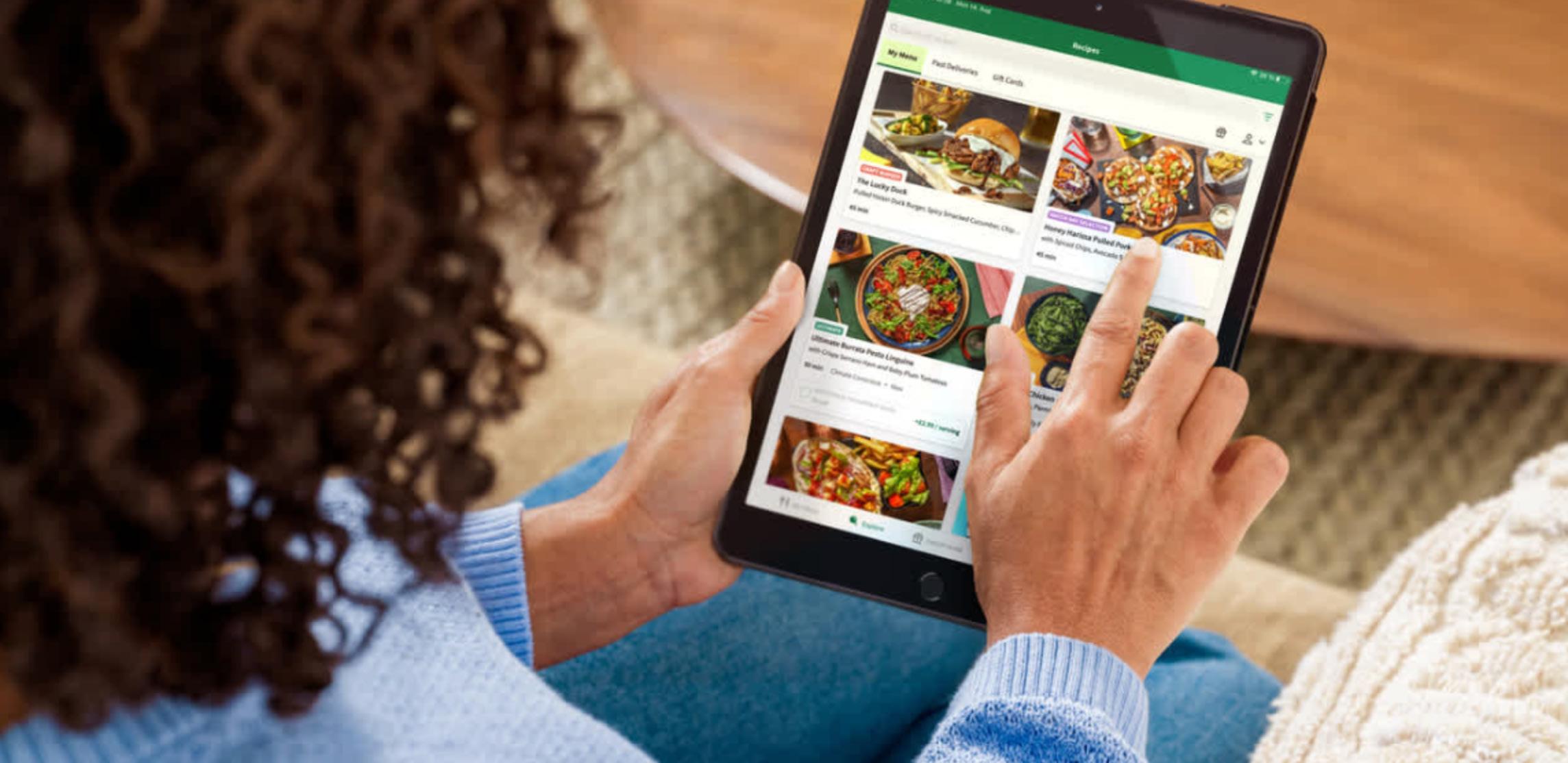
BY COLLEEN KERN
TThe rise of meal delivery services has transformed the way people cook and eat, offering convenience, portion control, and dietary customization. But for ecoconscious consumers, the question remains: Are meal kits a sustainable choice, or do they contribute to excessive waste and emissions? The answer might be surprising. While meal kits come with their fair share of packaging, research suggests they may actually be a more environmentally friendly option compared to traditional grocery shopping.
One of the biggest advantages of meal delivery services is their ability to reduce food waste. Unlike grocery shopping, which often results in unused ingredients languishing in refrigerators, meal kits provide pre-portioned ingredients, ensuring that everything purchased gets used. A 2019 study published in Resources, Conservation and Recycling revealed that meal kits significantly lower household food waste compared to grocery store meals.
Food waste contributes to between 8-10% of global greenhouse gas emissions. Discarded food decomposes in landfills and releases methane, a potent greenhouse gas. The U.S. Department of Agriculture estimates that nearly 30% to 40% of the country’s food supply is wasted. Meal kits can help address this challenge by providing precise portion sizes, offering a potentially more sustainable solution.
Beyond food waste, meal kits also boast a smaller overall carbon footprint than grocery shopping. A study published in Food Policy analyzed the entire life cycle of household food choices and
found that grocery store meals generate higher emissions than meal kits, driven by factors such as storage, refrigeration, and long-haul transportation. Traditional grocery supply chains require large storage facilities and refrigerated trucks to transport food, all of which contribute to higher energy use and emissions.
Meal kits, on the other hand, operate with a more direct supply chain. Meal delivery companies lower overall carbon emissions by streamlining ingredient sourcing and reducing unnecessary intermediaries. Ultimately, meal kits generate 33% fewer greenhouse gas emissions than the same meals prepared with ingredients bought from a grocery store.
Additionally, a 2022 study from the University of Michigan and Ford Motor Co. compared greenhouse emissions from e-commerce grocery delivery and traditional in-store shopping. Researchers found that using an electric vehicle for grocery pickup could cut emissions by as much as half compared to a gas-powered vehicle. A particularly intriguing conclusion is that home delivery may actually outperform traditional shopping by leveraging route clustering, allowing a single delivery vehicle to drop off multiple grocery orders efficiently in one trip, making it more efficient than multiple individual car trips.
While meal kits reduce food waste and emissions, they come with one unavoidable drawback: packaging. The insulation, plastic bags, and portion-sized containers used to keep ingredients fresh can create a significant amount of waste. A report from US Packaging & Wrapping highlights the variation in sustainability across different meal kit brands, noting that some generate excessive non-recyclable waste while others invest in compostable or reusable packaging to minimize environmental impact. By opting for meal services like Green Chef, Blue Apron, and HelloFresh, which prioritize sustainable packaging practices,
consumers can actively contribute to reducing packaging waste.
While packaging remains a significant concern, it is worth noting that grocery store purchases also include packaging waste — from plastic produce bags to single-use containers — making the comparison more complex than it may initially seem.
Companies like HelloFresh and Blue Apron have optimized their ingredient sourcing and portioning strategies, but each company’s environmental impact
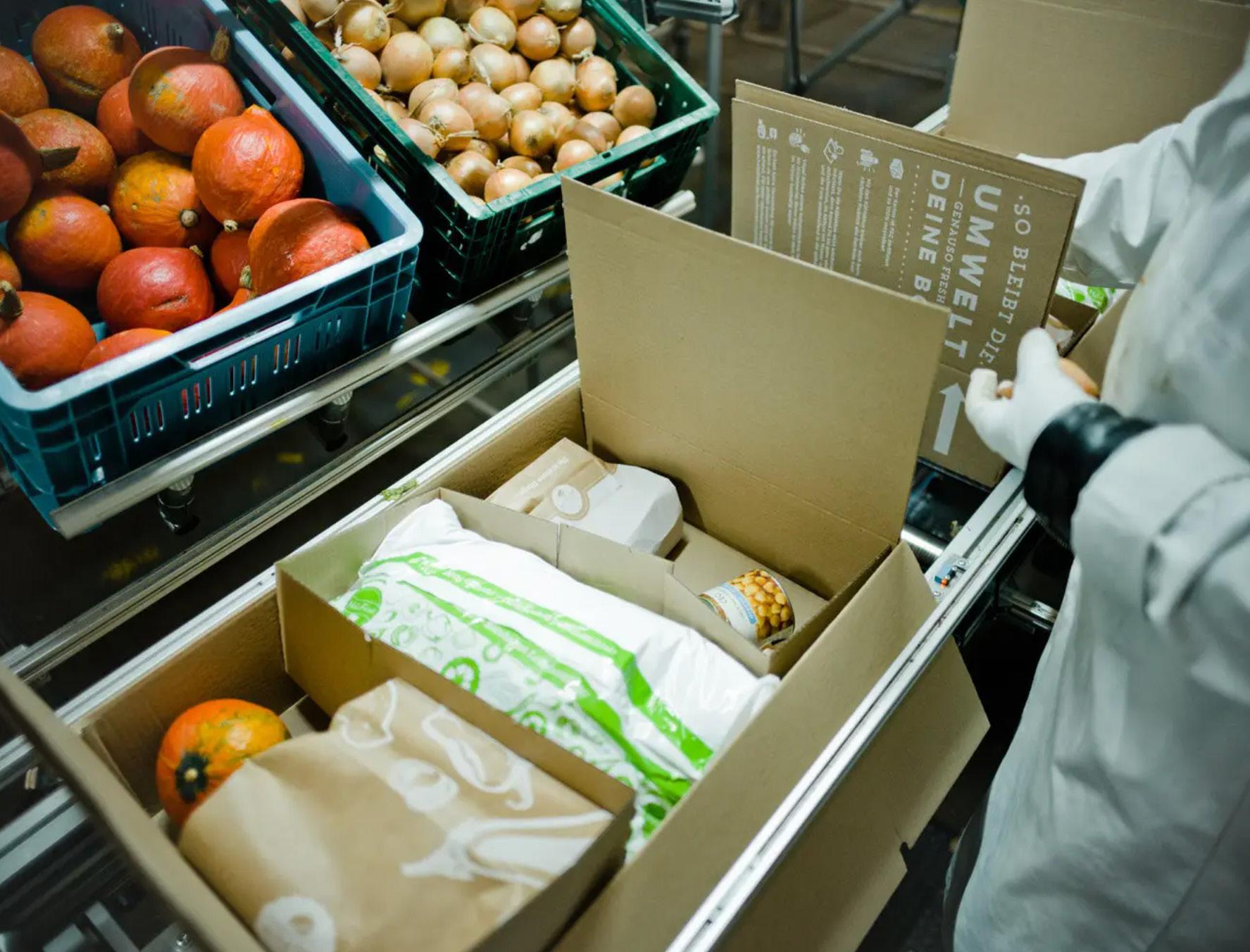
varies depending on packaging materials and shipping logistics. Even though these companies have a wide national presence, they are dedicated to enhancing their sustainability practices. They actively strive to incorporate recycled materials and prioritize sourcing from local farms whenever possible.
Beyond traditional meal kits, ready-made meal services like Factor and Eat Clean PHX offer an alternative approach. Instead of sending raw

ingredients, these services provide fully cooked meals that only require reheating. While this reduces household food waste and minimizes the need for refrigeration, the sustainability of such services depends on factors like sourcing, packaging, and delivery efficiency.
Factor, for example, emphasizes fresh, never-frozen meals with high-quality ingredients. However, because meals are fully prepared, they require packaging that can withstand transit and maintain freshness. Eat Clean PHX, on the other hand, focuses on locally sourced organic meats and sustainably caught seafood, with an emphasis on reducing transportation emissions by serving a smaller geographic area.
While grocery shopping gives consumers full control over their purchases, it also comes with hidden environmental costs. The process of growing, packaging, transporting, and refrigerating food items contributes significantly to carbon emissions. Additionally, grocery shoppers often buy in bulk, which can lead to excess food waste when perishable items go unused. Although some grocery stores have made strides in sustainability, such as reducing plastic use and supporting local farmers, the overall supply chain remains resource intensive.
The University of Michigan study further highlights this impact, showing that an individual trip to the grocery store, especially in a gas-powered vehicle, generates more emissions per meal than home
delivery services, which cluster multiple orders for efficiency. People can help lower their emissions by combining their errands into a single trip.
For environmentally minded consumers, the decision between meal kits and grocery shopping is not black and white. The best choice depends on a combination of factors, including packaging materials, sourcing practices, and overall convenience. Here are a few tips for making a more sustainable choice:
• Select meal kit companies that prioritize recyclable, compostable, or reusable packaging.
• Consider services that source local, organic, and responsibly farmed ingredients.
• Choose customizable meal kits to avoid unwanted ingredients and reduce waste.
• When grocery shopping, buy in bulk, combine trips, and plan meals to reduce food waste.
• Look for grocery delivery services that use efficient routes and electric or hybrid vehicles to reduce emissions.
Despite the packaging concerns associated with meal kits and home delivery models, if you’re looking for new ways to make a difference for the environment in your daily routine, these services might be the ticket. While no single option is perfect, these meal delivery services can make it easier to prioritize sustainability with healthy eating.



